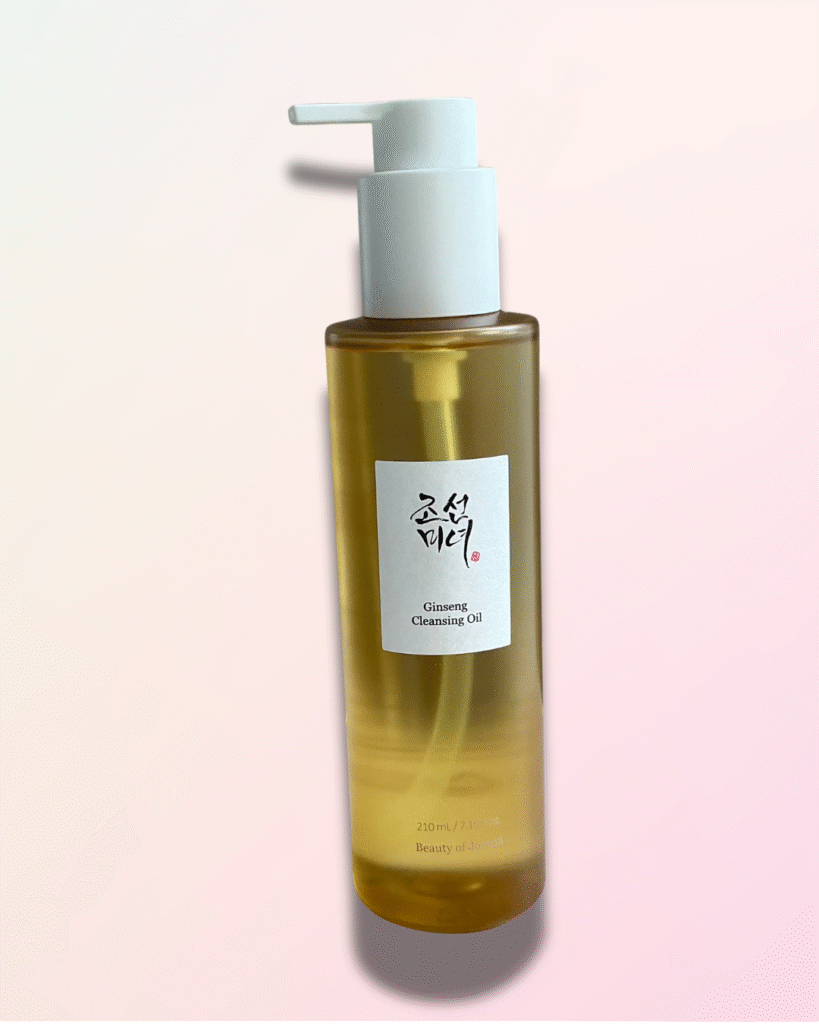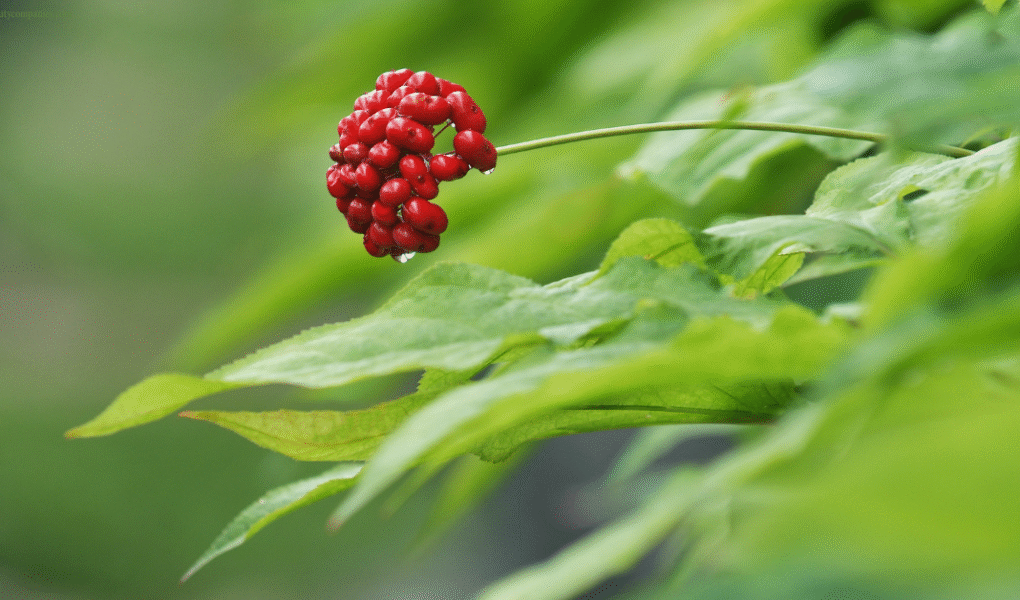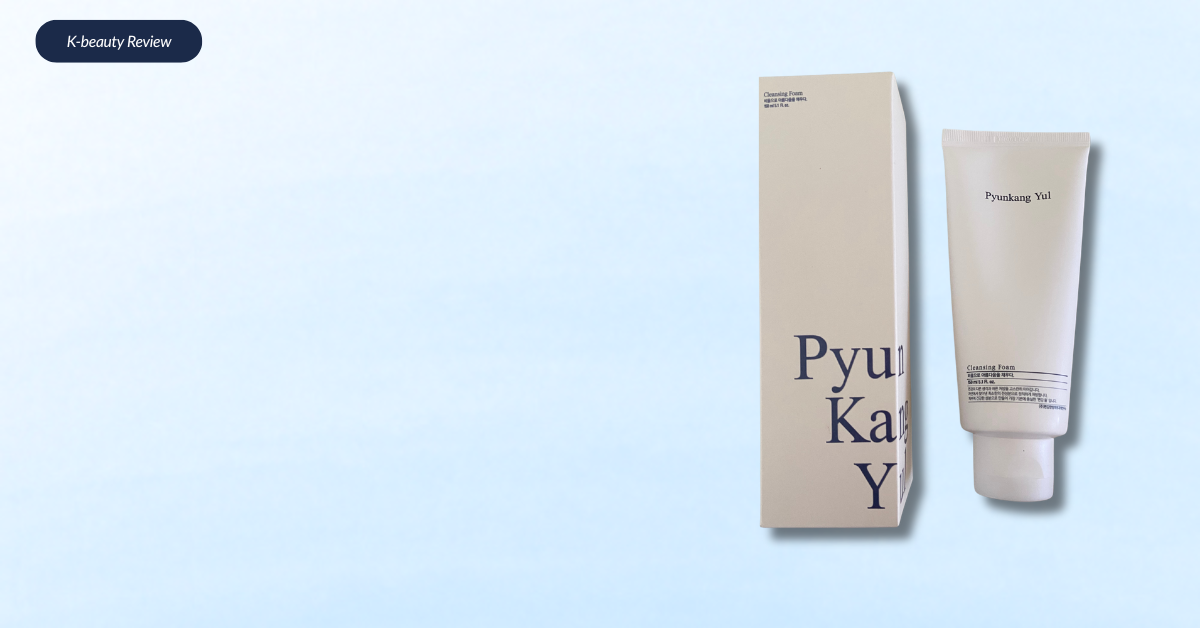In a sea of skincare fads, few ingredients have stood the test of centuries like ginseng. Deeply rooted in Korean herbal medicine (hanbang), ginseng remains one of the most cherished ingredients for revitalizing both body and skin. Beauty of Joseon’s Ginseng Cleansing Oil draws directly from this legacy, honoring tradition while meeting today’s transparent beauty standards with surprising affordability.
But heritage ingredients come with complexity. From differences in ginseng quality to modern marketing claims, there’s more to this root than just a name on the label.
What’s in a Name: The Joseon Dynasty and Its Influence
Many recognize “Joseon” from K-dramas or skincare shelves, but the Joseon Dynasty (1392–1897) was a real historical kingdom, one of the longest-lasting dynasties in world history. Founded by King Taejo, Joseon became the cultural and intellectual heart of Korea, known for its embrace of Confucian philosophy and its devotion to natural medicine and ritualistic self-care.
Beauty of Joseon, as a brand, reflects that legacy: its minimalist packaging and traditional ingredients (like ginseng, rice water, and plum blossom) reflect the understated sophistication and wisdom of beauty traditions.
The Product: Gentle, Affordable, and Ingredient-Forward
Beauty of Joseon Ginseng Cleansing Oil combines a soft, emulsifying texture with a blend of Panax ginseng extract, soybean oil, and a curated mix of essential oils. It melts away makeup and sunscreen without stripping the skin—and it does so at a price point around $17–$22, making it one of the most accessible options in the clean K-beauty category.
Clean Beauty Credentials
- Vegan and cruelty-free
- 91% allergen-free (according to SkinSAFE)
- Free of parabens, sulfates, silicones, artificial fragrance, lanolin, phthalates, and mineral oil
Points of Consideration
- Sorbeth-30 Tetraoleate (PEG-derivative): May carry risk of 1,4-dioxane contamination (though not flagged high by EWG)
- Essential oils (sage, artemisia, basil): Contribute to the scent but may irritate sensitive skin
- Polybutene and Isododecane: Synthetic, petroleum-derived, and flagged by stricter eco-focused retailers
- Soybean oil: Moisturizing but may be mildly comedogenic for acne-prone users
Ginseng: A Root of Power and Complexity
Referred to as the “root of immortality,” ginseng has been central to East Asian medicine for thousands of years. Its shape—often resembling a human figure—symbolized balance and restoration. Modern science supports this symbolism: ginseng contains ginsenosides, potent antioxidant and anti-inflammatory compounds that support skin circulation, elasticity, and tone.
Wild vs. Cultivated Ginseng
- Wild ginseng (also called mountain ginseng) is rare, slow-growing, and heavily regulated. It matures over 10+ years and contains higher concentrations of active compounds, making it medicinal-grade in Korea.
- Cultivated ginseng, like the kind used in Beauty of Joseon, is grown under controlled conditions and harvested after 4–6 years. It’s effective but less potent, and not legally allowed to support strong anti-aging or medicinal claims in Korea.
Ginseng at a Glance: The Key Varieties
Korean Ginseng (Panax ginseng)
Also known as Asian or Red ginseng, prized for energy and stamina.
Chinese Ginseng (Panax ginseng)
Similar to Korean ginseng, with regional differences in potency and use.
American Ginseng (Panax quinquefolius)
Cooling and calming—favored in modern skincare and herbalism.
Himalayan Ginseng (Panax pseudoginseng)
Traditionally used for circulation and vitality.
Japanese Ginseng (Panax japonicus)
Less known, but similar in function with adaptogenic benefits.
Siberian Ginseng (Eleutherococcus senticosus)
Not a true ginseng, but used for resilience and stress support.
Indian Ginseng (Withania somnifera)
Also called Ashwagandha—adaptogenic, but not from the Panax family.

Editor’s Note: A Personal Take on the Ginseng Scent and Texture
If you’ve never tried a cleansing oil before, Beauty of Joseon’s Ginseng Cleansing Oil is an excellent entry point. It’s surprisingly lightweight, rinses off cleanly with no greasy residue, and won’t overwhelm you with a strong scent. While some ginseng-based products can have an earthy, medicinal aroma, this one offers a more subtle herbal profile, gentle enough even for scent-sensitive users. For those who do enjoy that classic deep, woodsy ginseng scent (as I do), you may find this one more delicate than expected.
🛍️ Where to Buy
– Official Beauty of Joseon Website
– Amazon storefront (Affiliate link)
Disclosure: This post contains affiliate links. If you make a purchase through them, I may earn a small commission at no extra cost to you.


